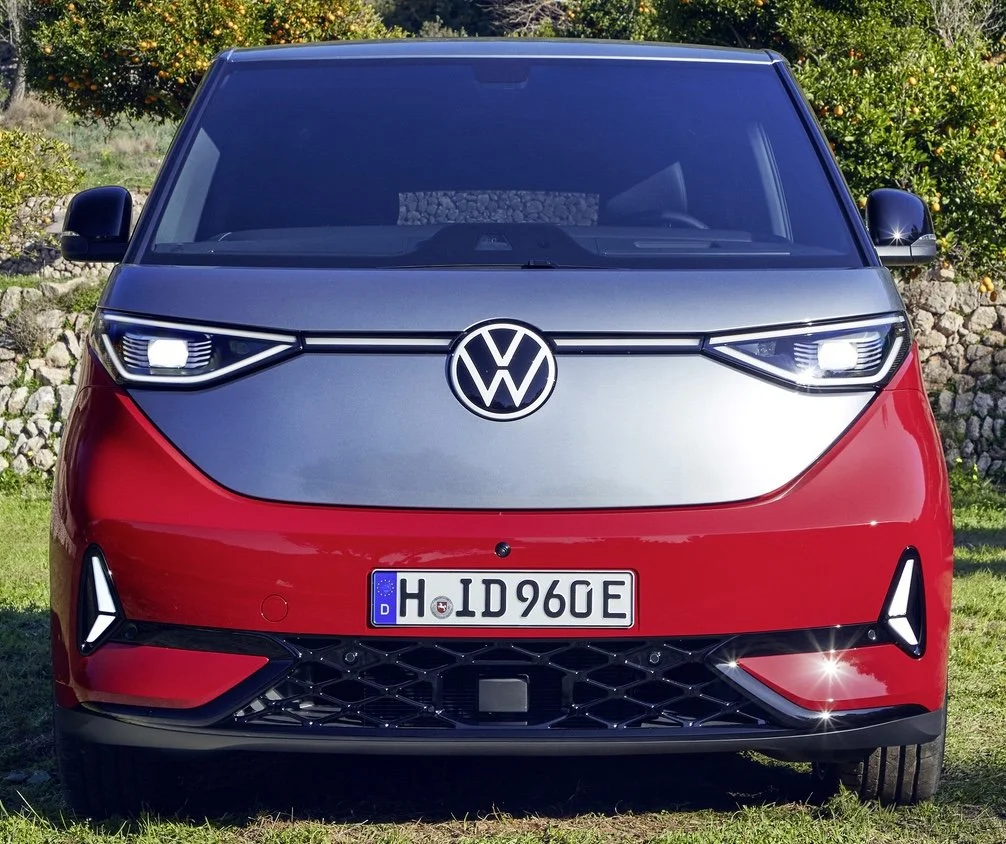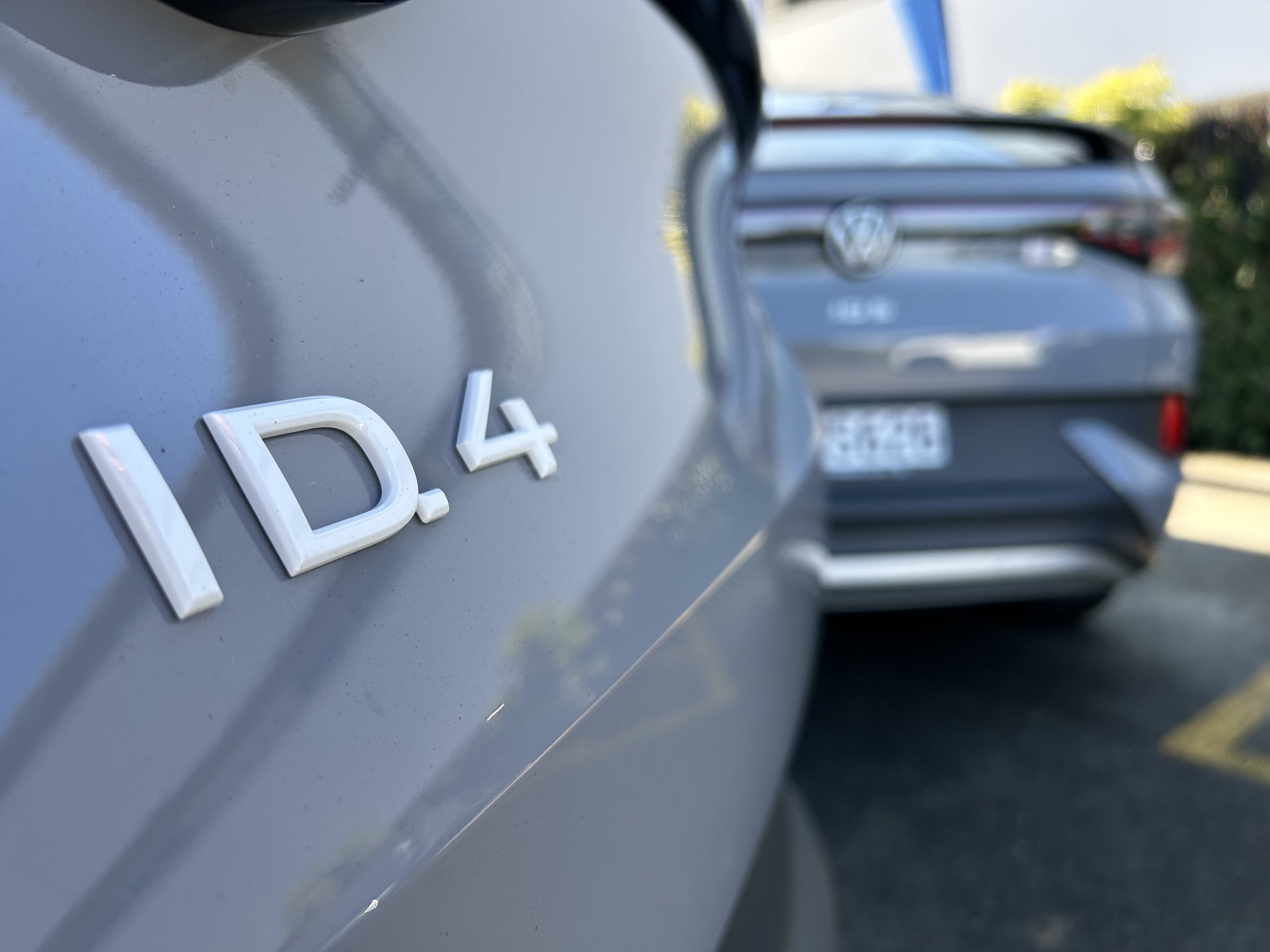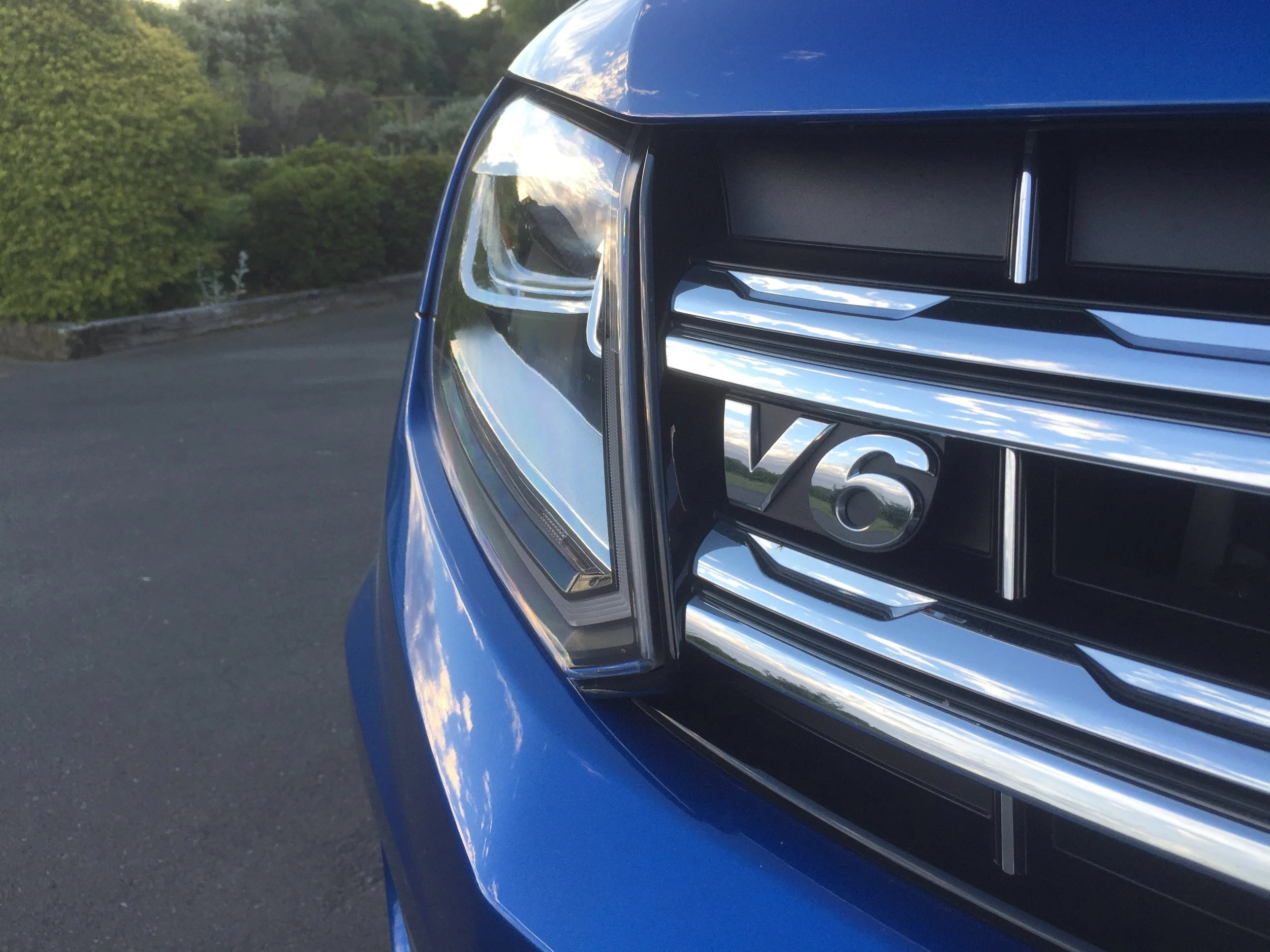Hot Buzz: Amped GTX heads ‘electric Kombi’ family
/It's been the longest time coming, but the hubba-hubba Dub is finally about to hit the road.
Read MoreTerramar teed up for NZ, but what of Tavascan?
/Two key sports utilities for VW Group’s Cupra sub-brand are en route, but only one has been detailed.
Read MoreGTI go for electric Kombi
/Extra performance, all-wheel drive, and significantly improved towing capability is a big bully-up for ID.Buzz
Read MoreID.3 GTX: Think GTI genes with electric go
/The performance version of VW’s NZ-assigned small mains-fed hatch has been revealed.
Read MoreVW NZ drops ID model, revises EV forecast
/Consignments cancelled as distributor fears consumer interest in new electrics might lapse for three to six months.
Read MoreNZ-anticipated new Tiguan revealed
/VW’s core seller has sharpened up and returned to old form with a control format
Read MoreNZ-spec ID cars’ in ANCAP spotlight
/Five star scores awarded but incomplete driver assist suite also noted.
Read MoreCreating a buzz with Green-fed ‘60s Kombi
/Mystery Creek visitors can view a VW project from the past that’s a year ahead of time.
Read MoreTop Touareg coming with R sizzle
/Electric-assisted performance flagship set to bring the PHEV drivetrain that never showed with the outgoing edition.
Read MoreAmarok ahead of Ford twin on safety score
/Side impact and whiplash protection scores slightly better than Ranger’s.
Read MoreSummit appeal with new Amarok
/It’s still built to work, but NZ-spec seems set to push for family-friendly play.
Read MoreHot shoe Golf slides into market – with drift option for early adapters
/It’s later than expected, but that’s a good thing for fans wanting to experience the hottest Golf in its skiddiest format.
Read MoreComeback Kombi still the buzz
/After years of teasing, VW releases an electric van that keeps true to the concept homage to a classic.
Read MoreAmarok speaks to VW-specific styling angle
/Car design influences attach easily to new ute
Read MoreRanger V6 rocks, VW boss says
/Grunty V6, a sophisticated full-time all-wheel-drive – indication elements keeping the current Volkswagen Amarok in high regard here will be adopted by the next-gen Ford Ranger has thrilled VW’s local boss.
Read MoreVW product plan amended, not abandoned
/Some models are coming later than first hoped, but overall factory and distributor are winning the battle.
Read More



































